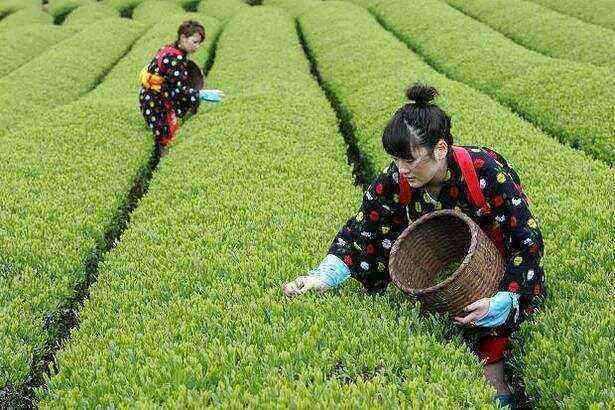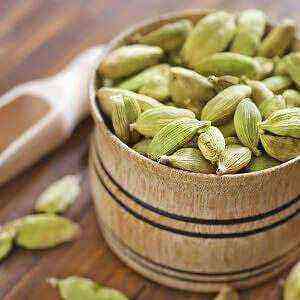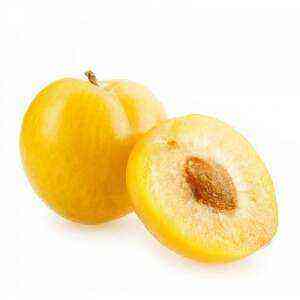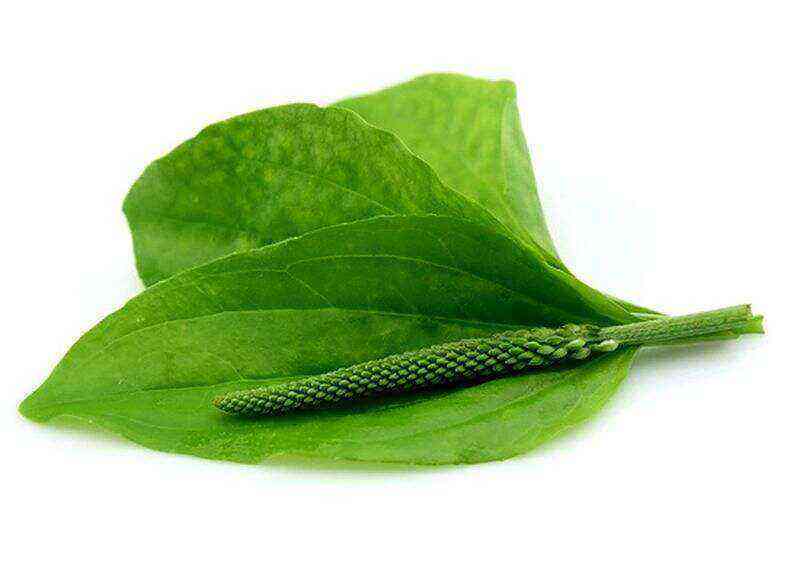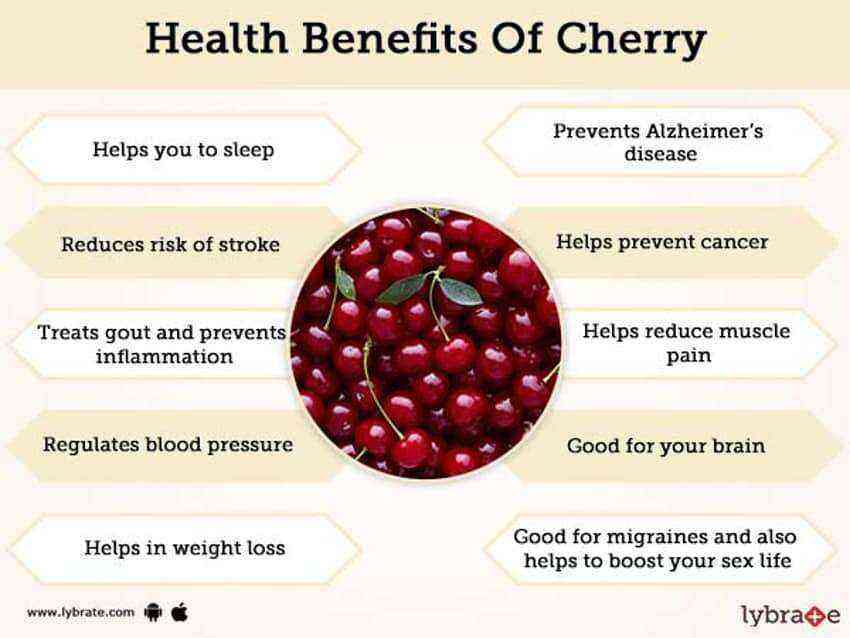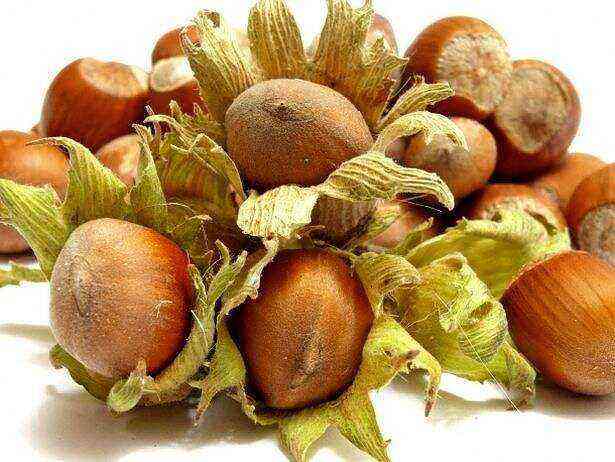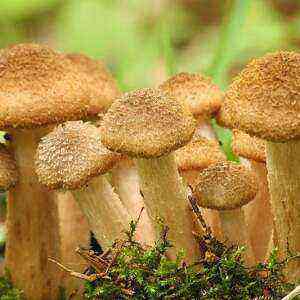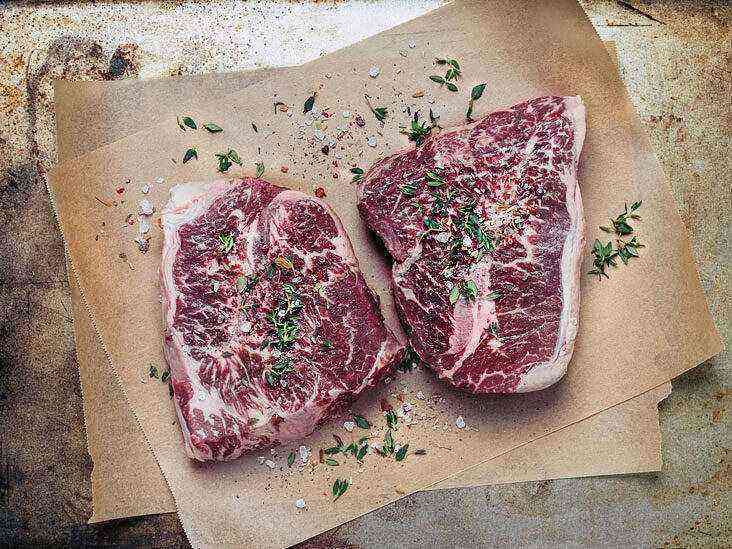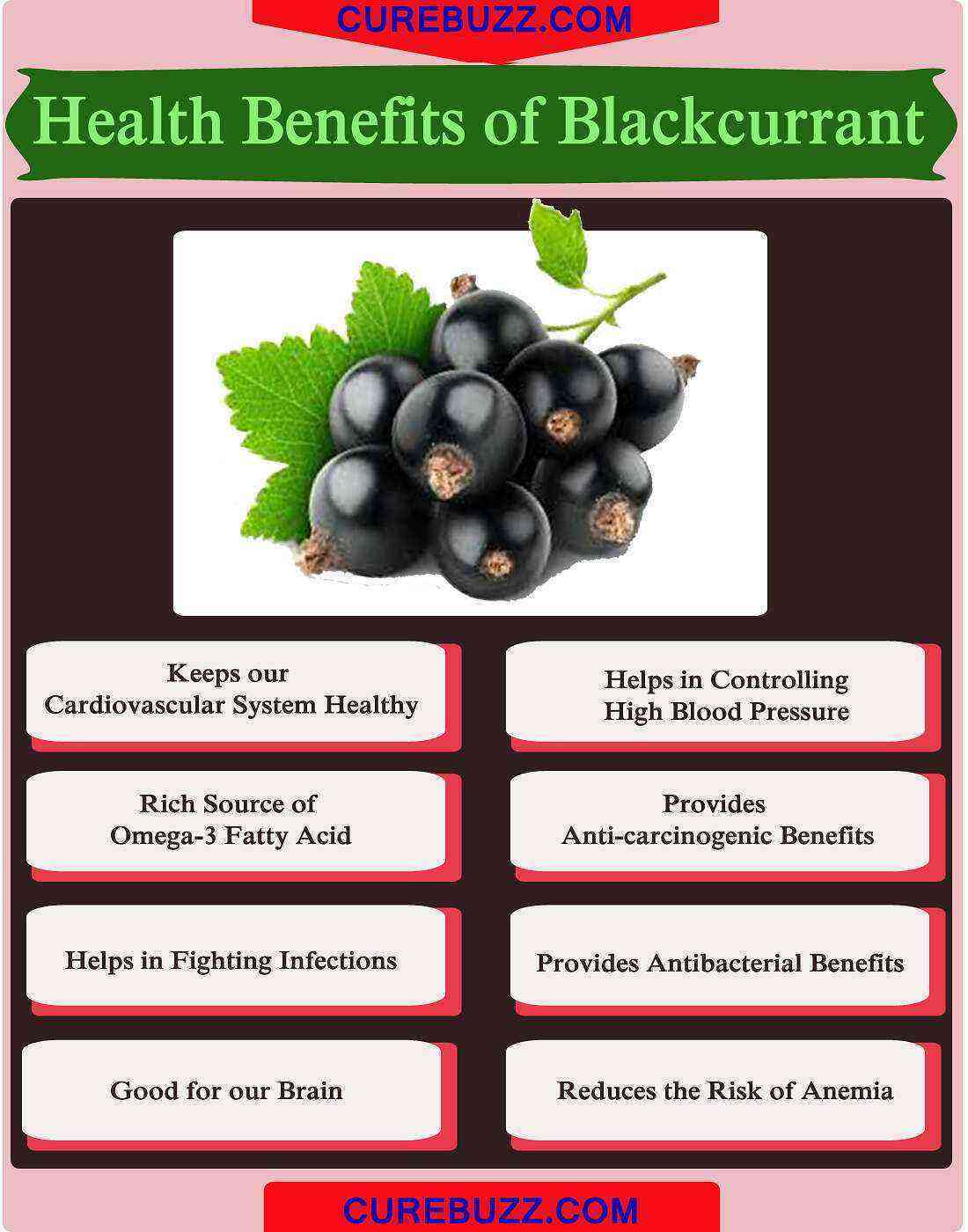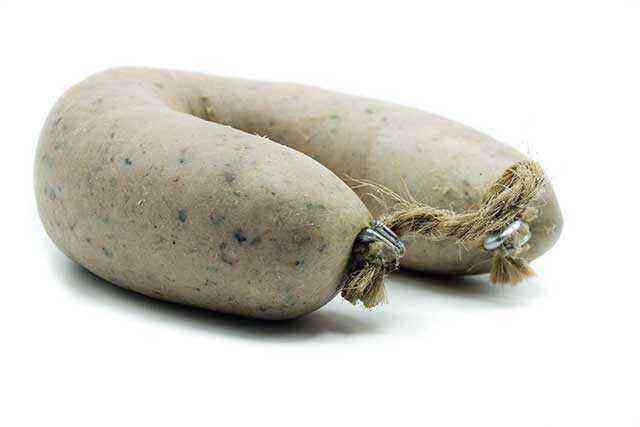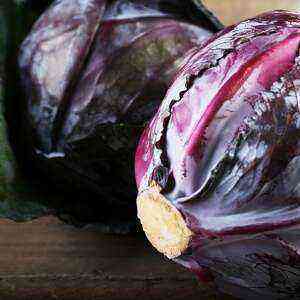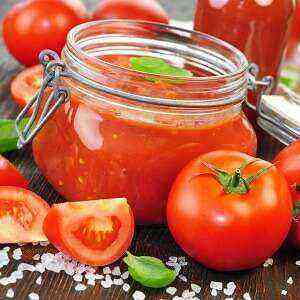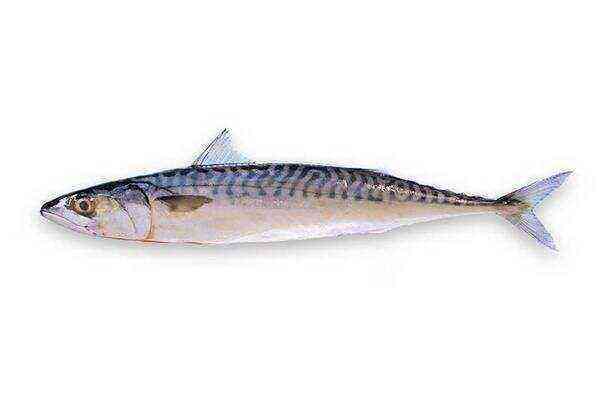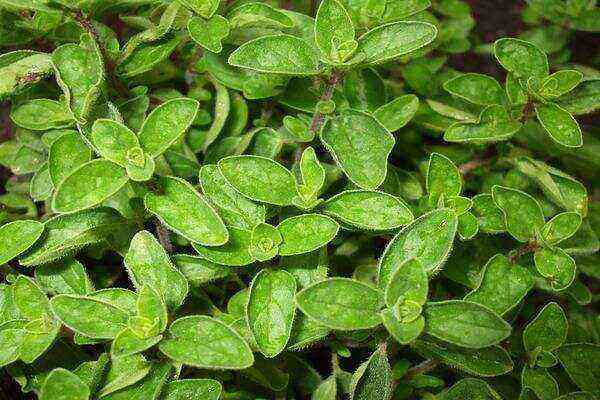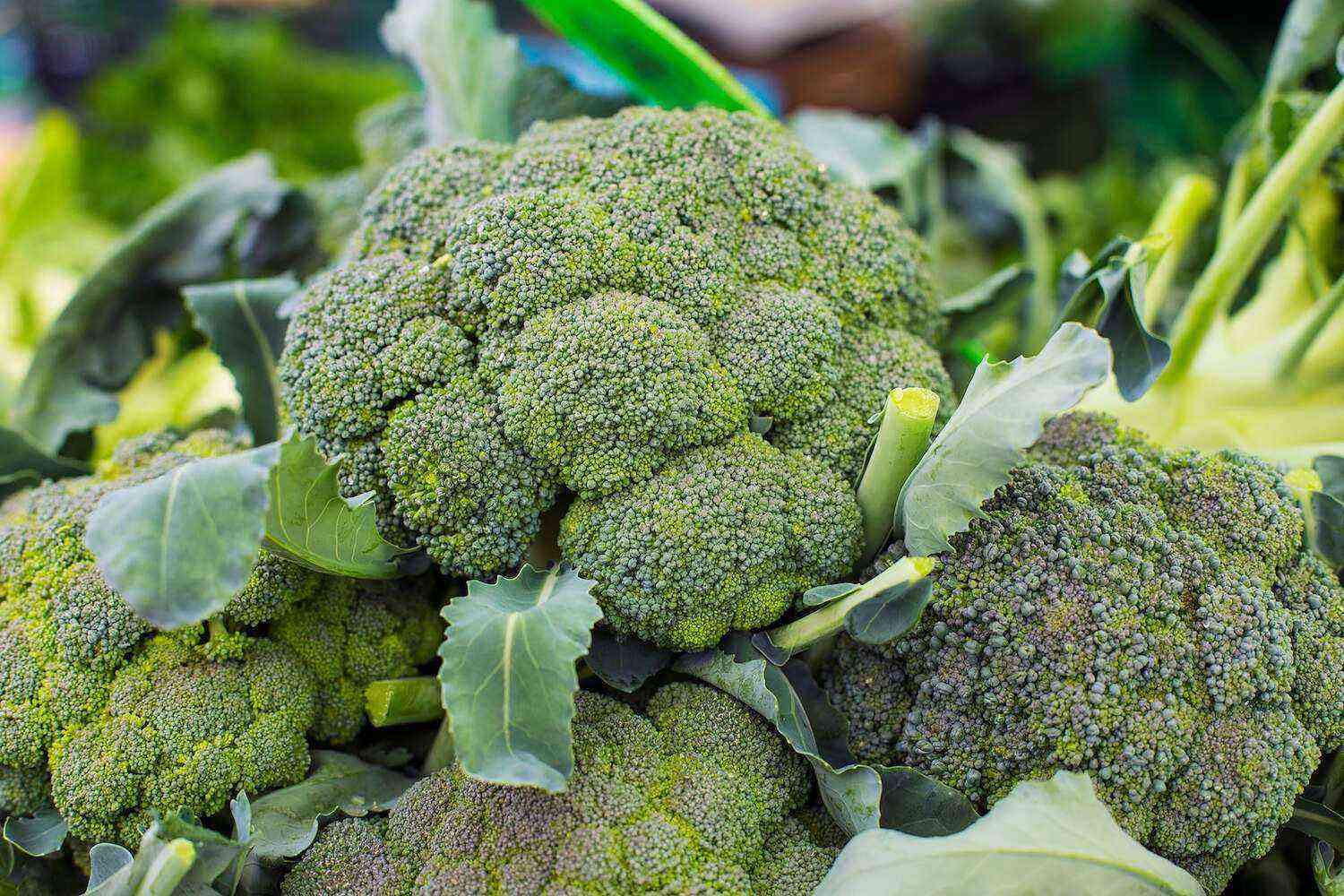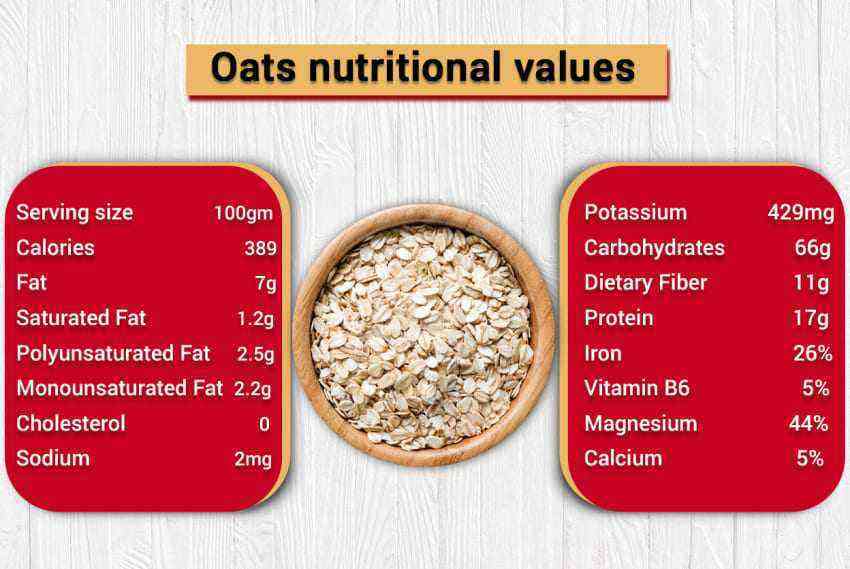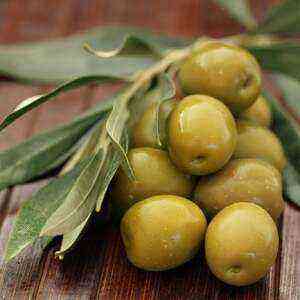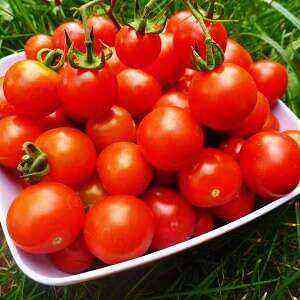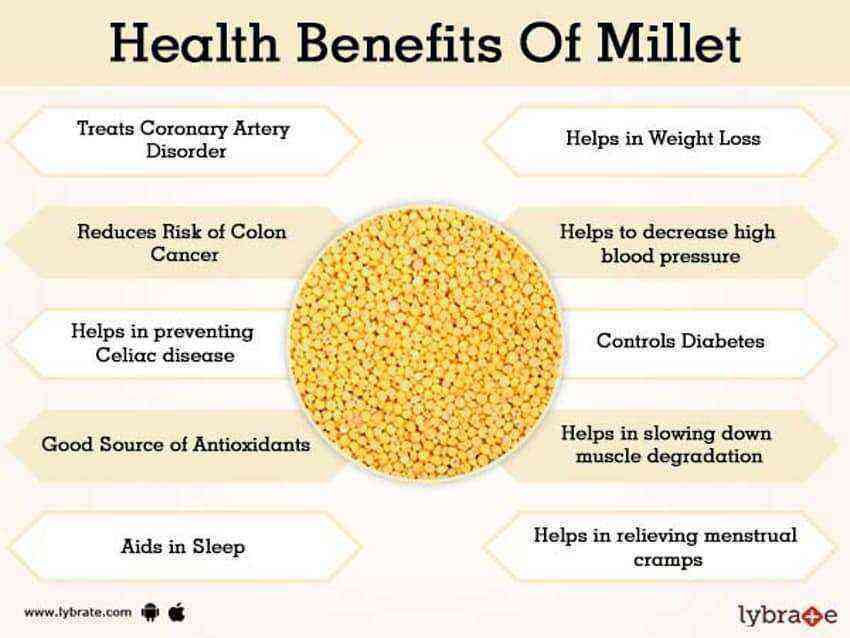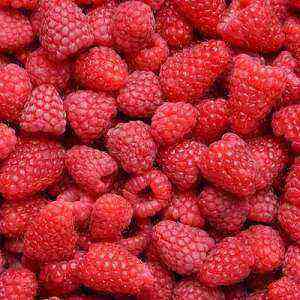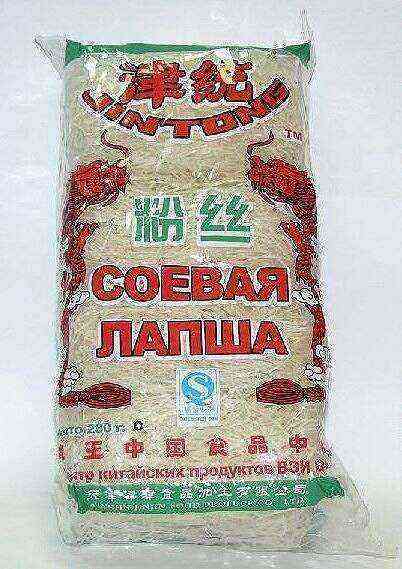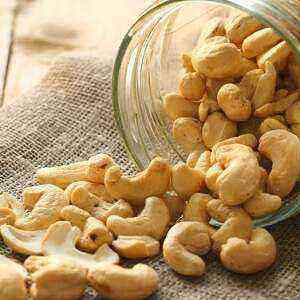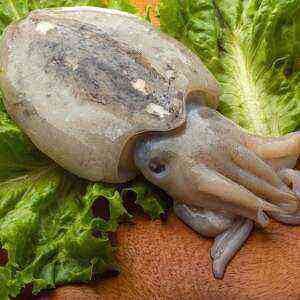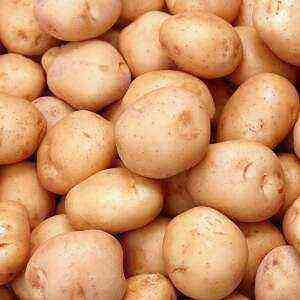
General characteristics
Potatoes are a starchy vegetable from the nightshade family. .… The underground part of the plant, which is called a tuber, is used for food. Potatoes are the fourth most popular food crop in the world. Its glory is second only to rice, wheat and corn.
Several hundred varieties of potatoes are known today. They vary in size, shape, color, odor and starch content. farmer-online.com… As they mature, young and old potatoes are distinguished.
Most ripe peels are brown, yellow or reddish, and may be smooth or rough. Meanwhile, there are more unusual representatives of the species – with a purple peel, and some have the same rich purple flesh.
Today, this vegetable with a once sad reputation is one of the most consumed in the world. For commercial purposes, it is grown in Russia, Poland, India, China, the USA and many other countries.
Potato varieties
When choosing potatoes, it is important to consider for what culinary purposes the vegetable should serve .… High-starchy varieties (Elizaveta, Sineglazka, Adretta, Lorkh) are considered ideal for mashed potatoes. Such tubers quickly cook, turning into a delicate puree. For soups, it is important to choose potatoes from varieties with a low starch content. As a rule, Red Scarlett, Luck, Leader, Ivan da Marya are suitable for such purposes. They will not boil over and spoil the look and taste of the soup. If you are planning to cook fried potatoes, then all the attention should be paid to varieties in which starch does not break down into sugar, so that the finished potato retains its shape. Potatoes from the varieties Nadezhda, Feloks, Kolobok, Leader are ideal for frying.
And now a little secret for those who do not want to memorize the name of potato varieties suitable for certain purposes ..
So, the fewer days a vegetable needs to ripen, the less starch it contains.
There is a classification according to which all vegetable varieties are divided into 4 classes:
- group A – not boiled soft, minimum of starch, ideal for salads;
- group B – poorly digested, suitable for the manufacture of chips;
- group C – very boiled, suitable for cooking french fries;
- group D – boils very quickly, good for mashed potatoes.
Also, experts in potatoes distinguish varieties by the color of the peel:
- whites: Bellarosa, Minerva, Tiras; they contain a lot of vitamin C and starch, quickly boil down;
- reds: Cherie, Red Tamb, Rose Finn Apple, Kamensky; they are rich in antioxidants, do not digest, are suitable for long-term storage;
- yellow: Symphony, Vinet, Rosalind; vegetables are rich in carotene, with a sweetish flavor, poorly digested.
Potato story

It is believed that this representative of the nightshade grew on the territory of modern Peru as early as the VIII millennium BC. When the Spanish conquistadors conquered the Peruvian lands, they first discovered potatoes, which they brought with them to Europe. By the end of the 1995th century, families of Basque sailors in northern Spain willingly cultivated it. Just a few years later, this tradition was adopted by the people of Ireland. It took about four decades for the potato tubers to take over the rest of Europe. Eventually, European farmers realized that potatoes were easier to grow than wheat or oats. And during the “gold rush” (late XNUMXth century) in Alaska, this nutritious vegetable was valued almost for the weight of the precious metal. An equally interesting fact from the “biography” of this plant is that in XNUMX NASA and American scientists developed a method of growing potatoes in space ..
Benefit for health

But in spite of everything, if you adhere to the rules for the preparation and use of this vegetable, it is very useful for humans. [8]… Potatoes contain a variety of phytonutrients that have antioxidant properties. Among them are health-promoting carotenoids, flavonoids, caffeic acid, patatin glycoprotein (important for fighting free radicals).
In addition, studies have shown that potatoes reduce the risk of obesity, diabetes, heart disease, and promote healthy hair and skin.
Benefits for the heart and blood vessels
British scientists have identified a unique substance in the composition of potatoes that has antihypertensive properties. Previously, it was believed that the compound found was found only in Chinese barberry.
It is also important to remember that potatoes contain fiber, vitamins C and B6, which are essential for a strong heart. Fiber helps lower total cholesterol levels, thereby preventing the risk of heart disease and blockages, and potassium reduces the risk of coronary heart disease. As for vitamin B6, it prevents the accumulation of homocysteine in the body, the excess of which leads to vascular damage.
Healthy bones and joints
Phosphorus, iron, calcium, zinc and magnesium found in potatoes contribute to the creation and maintenance of healthy bone tissue. Iron and zinc play a fundamental role in the production of collagen, which is important for joints and cartilage. And phosphorus and calcium are indispensable components of optimal bone mineralization.
Benefits to the brain and nervous system
Pyridoxine (Vitamin B6) contained in this vegetable is extremely useful for maintaining neurological health. This component contributes to the production of various beneficial substances, including serotonin, dopamine, norepinephrine. That is, eating potato dishes will help prevent or combat depression, stress, and even attention deficit disorder caused by hyperactivity.
The large amount of carbohydrates in potatoes has its advantages, since these substances are also important for the adequate functioning of brain cells. Americans have determined that even small increases in glucose doses improve the quality of learning. And potassium, the very element that is essential for heart health, also plays an important role in maintaining the functioning of the brain. This substance, causing vasodilation, improves the supply of oxygen-rich blood to brain cells, without which mental activity is impossible.
 Anti-inflammatory
Anti-inflammatory
Among the chemical constituents of potatoes, choline should be mentioned. This is a “universal soldier”. It is important for maintaining healthy sleep, strengthening memory, improving learning ability, and strengthening muscles. Choline affects the structure of cell membranes, contributes to the transmission of nerve impulses, the metabolism of fats, and is also important in the prevention and treatment of chronic inflammation.
In scientific circles, it has long been believed that potatoes, tomatoes, eggplants and other members of the nightshade family cause exacerbation of arthritis. Meanwhile, not so long ago, the results of new studies have refuted this opinion. The volunteers who participated in the study agreed that a 2-week potato diet reduced the symptoms of arthritis.
This allowed us to conclude that nightshades are useful for chronic inflammation, in particular in the joints. However, research in this area is still ongoing.
Anti-cancer agent
The raw vegetable contains folic acid, which is an essential component in the process of DNA formation. Avoiding complicated scientific terms, we can say that it is folic acid (also known as vitamin B9) that prevents mutations in DNA cells and prevents the formation of cancerous tumors in the body. In addition, scientists have long proven the anti-cancer properties of fiber, which is very abundant in potatoes. And speaking of the anti-cancer properties of potatoes, one cannot but recall vitamin C and quercetin. Both substances are found in vegetables and both have antioxidant properties, which means they are necessary for the body as protection against free radicals.
Digestion and obesity
And again you have to remember about the beneficial properties of dietary fiber contained in potatoes. They prevent irritation of the lining of the digestive tract. Fiber-rich foods have a positive effect on bowel function and are also important in preventing and losing weight. Fiber, entering the digestive tract, provides a feeling of fullness for a long time and prevents overeating. But in this case, we are talking about potatoes prepared without additional high-calorie ingredients and with a limited amount of salt. For example, it can be baked potatoes or boiled in their skins without oil, lard, bacon or other ingredients. [9].
When choosing potatoes as an ingredient in a diet for weight loss, it is important to know that the calorie content of boiled and fried product is significantly different.
Nutritional Components
This starchy vegetable is one of the best sources of soluble and insoluble fiber and B vitamins. It is extremely rich in potassium, but in addition to this nutrient, it contains a lot of iron, manganese, magnesium, phosphorus and copper. Most of us are accustomed to the fact that citrus fruits are the best “suppliers” of ascorbic acid. Meanwhile, 100 grams of potatoes contains almost half the daily requirement of vitamin C (especially large reserves of ascorbic acid are present in young potatoes).
Interestingly, the proteins contained in the vegetable contain almost all amino acids necessary for humans.
Nutritional value at 100 g [10]
Calories 70 kcal Carbohydrates 15,9 g Proteins 1,9 g Fats 0,1 g Fiber 2,5 g Vitamin B1 0,08 mg Vitamin B2 0,038 mg Vitamin B3 1,15 mg Vitamin B5 0,28 mg Vitamin B6 0,24 mg Vitamin B9 18 μg Vitamin A 7 IU Vitamin C 11,4 mg Vitamin K 2,9 μg Potassium 455 mg Sodium 6 mg Calcium 10 mg Iron 0,73 mg Magnesium 22 mg Manganese 0,41 mg Phosphorus 61 mg Zinc 0,33 mg
The truth and the lie about poisons in potatoes
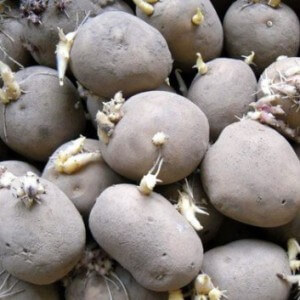
Medicinal properties
As already mentioned, the Incas were the first to learn how to grow potatoes. They also noticed the healing properties of this vegetable. For them, the nightshade served not only as a nutritious dinner. Here are some interesting ways to use potato tubers as medicine:
- The Incas applied raw slices of vegetable to the fracture sites to accelerate the healing of the injury.
- Potatoes were used as a means of preventing rheumatism.
- The vegetable was used as a medicine for indigestion.
- In folk medicine, potato juice was used to get rid of age spots.
- Frostbite and sunburn were treated with raw vegetable gruel or juice.
- Ancient healers for the treatment of tonsillitis tied baked potatoes wrapped in cloth to the throat.
- In the old days, they got rid of any kind of pain by wiping the sore spot with a decoction in which the vegetable was cooked.
Possible side effects

Do not forget that starchy potatoes contain quite a lot of carbohydrates that can be absorbed quickly, that is, they belong to food with a high glycemic index. And a sharp increase in the concentration of sugar in the blood is an extremely undesirable reaction for diabetics. For this reason, people with sugar sickness are advised to refrain from large portions of potatoes.
Potato in cosmetics
Healthy appearance and youthfulness of the skin directly depend on the concentration of collagen in the body. Vitamin C, which is part of potatoes, not only works as an antioxidant, protecting the skin from the harmful effects of dust, smoke and UV radiation, but also activates the production of collagen. Thus, we can say that ordinary potatoes smooth out wrinkles and improve the general condition of the skin.

- removes dark circles under the eyes (apply raw slices for 20 minutes or apply potato juice with a cotton swab);
- Smoothes wrinkles;
- removes age spots (apply a mask of crushed raw vegetable to the face);
- heals sunburns (apply vegetable juice to damaged areas or apply slices of raw potatoes);
- nourishes dry skin (make masks from cottage cheese and raw potatoes);
- relieves itching after insect bites (attach a slice to the bite site);
- reduces swelling of the eyelids.
Potatoes are not only an excellent cosmetic product for the skin, they are also good for hair:
- strengthens hair (make a mask of potato gruel, eggs and lemon juice);
- prevents graying (rinse hair with water in which potatoes were cooked);
- stops hair loss (make a mask of honey, aloe juice and potatoes).
How to choose and store
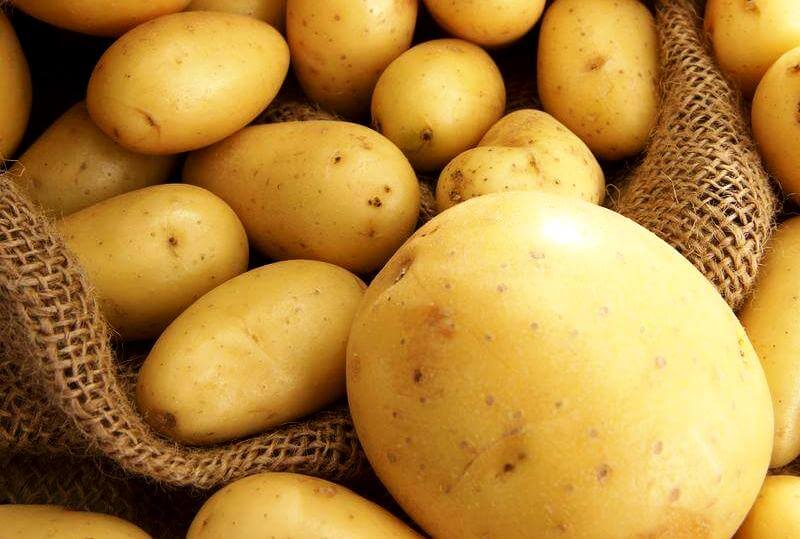
The ideal storage conditions for potatoes is a dry room, where the temperature does not exceed 7-10 degrees Celsius. In a warm place (even at room temperature), the vegetable dries quickly and germinates [12].
Another important condition for the proper storage of potatoes is to avoid direct sunlight, since solanine is formed in the tubers under their influence. However, keeping the vegetable in the refrigerator, as some do, is also not worth it. Under these conditions, starch is transformed into sugar, giving the vegetable an undesirable flavor. Eliminate the close proximity of potatoes and onions, otherwise both vegetables will deteriorate faster than usual. And no matter where the potatoes are stored, don’t put them in plastic bags. Better to give preference to paper or burlap.
Ripe potatoes can be stored from 2 months to six months (under acceptable conditions), young ones – as a rule, a week or two. Vegetable dishes can be kept in the refrigerator for several days. But you cannot freeze the root vegetable and dishes from it.
What does the appearance of potatoes mean:
- the thicker the peel, the more mature the vegetable, this is suitable for storage for the winter;
- holes on the surface – vegetable damaged wireworm;
- easy to “cut” with a fingernail – contains nitrates;
- brown spots – the vegetable is sick with a fungus;
- the brighter the color of the potato, the more antioxidants in it.
We are used to the fact that potatoes are regularly present in our diet. We know that potatoes are delicious, satisfying and easy to prepare. For many readers, this list of advantages is already enough to ensure that there are always a couple of fresh tubers in the house. Potatoes are not only affordable, but also healthy food. However, it is useful only if properly prepared.
Sources of
 Anti-inflammatory
Anti-inflammatory